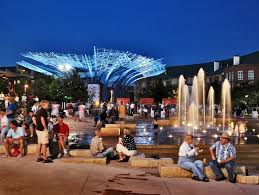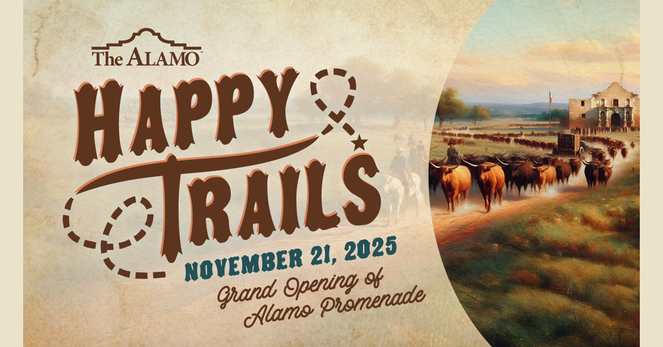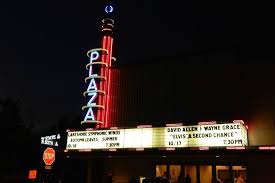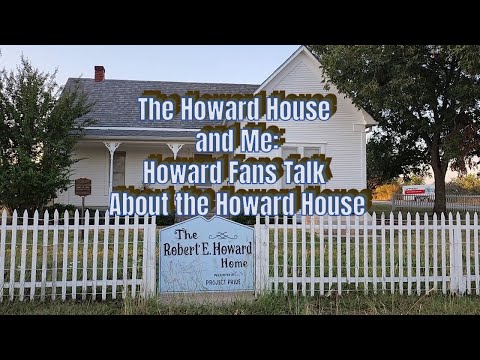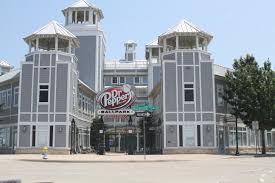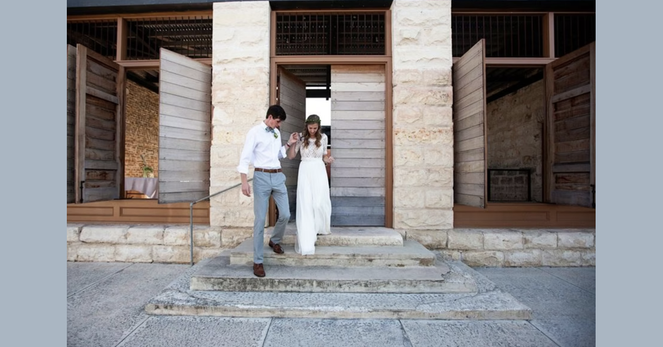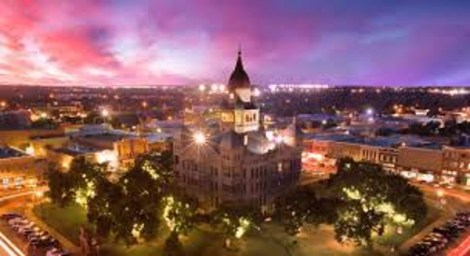Want To Know About Addison, Texas?
Addison, Texas, is a vibrant, upscale town located entirely within Dallas County, approximately 13 miles north of downtown Dallas. Incorporated in 1953 and named after Addison Robertson, an early settler and postmaster, the city encompasses just 4.4 square miles yet supports a dynamic economy and a population of approximately 17,000 residents (as of recent estimates). Widely recognized for its business-friendly environment, Addison boasts more than 180 restaurants and over 22 hotels within its compact boundaries, earning it the nickname “the town with 170 restaurants and no grocery store,” a testament to its extraordinary concentration of dining and entertainment options per capita.The city serves as a major corporate hub in the North Dallas corridor, hosting the headquarters or significant operations of companies such as Dresser, Mary Kay Cosmetics (regional offices), and Concentra, as well as numerous regional offices for national firms. Addison Airport, a busy general-aviation and corporate-jet facility, further enhances its appeal to business aviation and contributes substantially to local commerce. The town’s strategic location at the convergence of the Dallas North Tollway, Interstate 635, and the President George Bush Turnpike provides exceptional connectivity throughout the Dallas-Fort Worth Metroplex.Culturally and recreationally, Addison excels with attractions such as the acclaimed WaterTower Theatre, the Cavanaugh Flight Museum, and Addison Circle, a mixed-use development known for its European-inspired architecture and frequent community events. The annual Addison Kaboom Town! fireworks celebration consistently ranks among the nation’s top Independence Day displays, drawing upwards of 500,000 visitors. Vitruvian Park offers scenic trails, amphitheater concerts, and seasonal festivals, while more than 170 acres of parks and 20 miles of trails provide ample green space despite the town’s urban character.With a median household income well above state and national averages, low crime rates, and a highly regarded business climate, Addison maintains a distinctive identity as an affluent, pedestrian-friendly enclave that blends sophisticated dining, corporate convenience, and small-town charm within one of America’s largest metropolitan areas.-
MY SPECIALTY: EXTRAORDINARY SERVICE
Marie Walton, GRI REALTOR & ASSOCIATED BROKER (972) 816-5197 mariewalton@ebby.com View Website Ebby Halliday – North Dallas 16000 Preston Road, Suite 100 Dallas TX 75248 - #RealEstateDallasAddison #HomesForSaleFarmersAddison #AddisonHomes #DFWRealEstate #NorthTexasHomes #MarketUpdate #RealEstateTrends #BuyerAgent #HouseHunting #HomeBuying #DreamHome #MovingToDFW #Relocation #SellerAgent #SellingMyHouse #DallasCountyTX #Texas #DallasCountyTX2025 #FastestGrowing #DFWSuburbs #TexasVibes #RealEstateBoom #DFW #AddisonTX #TexasHistory #DallasSuburb #TownOfAddison
- #MarieWaltonRealtor
#addisonhomes #addisontx #buyeragent #dallascountytx #dallascountytx2025 #dallassuburb #dfw #dfwrealestate #dfwsuburbs #dreamhome #fastestgrowing #homebuying #homesforsalefarmersaddison #househunting #mariewaltonrealtor #marketupdate #movingtodfw #northtexashomes #realestateboom #realestatedallasaddison #realestatetrends #relocation #selleragent #sellingmyhouse #texashistory #texasvibes #townofaddison
